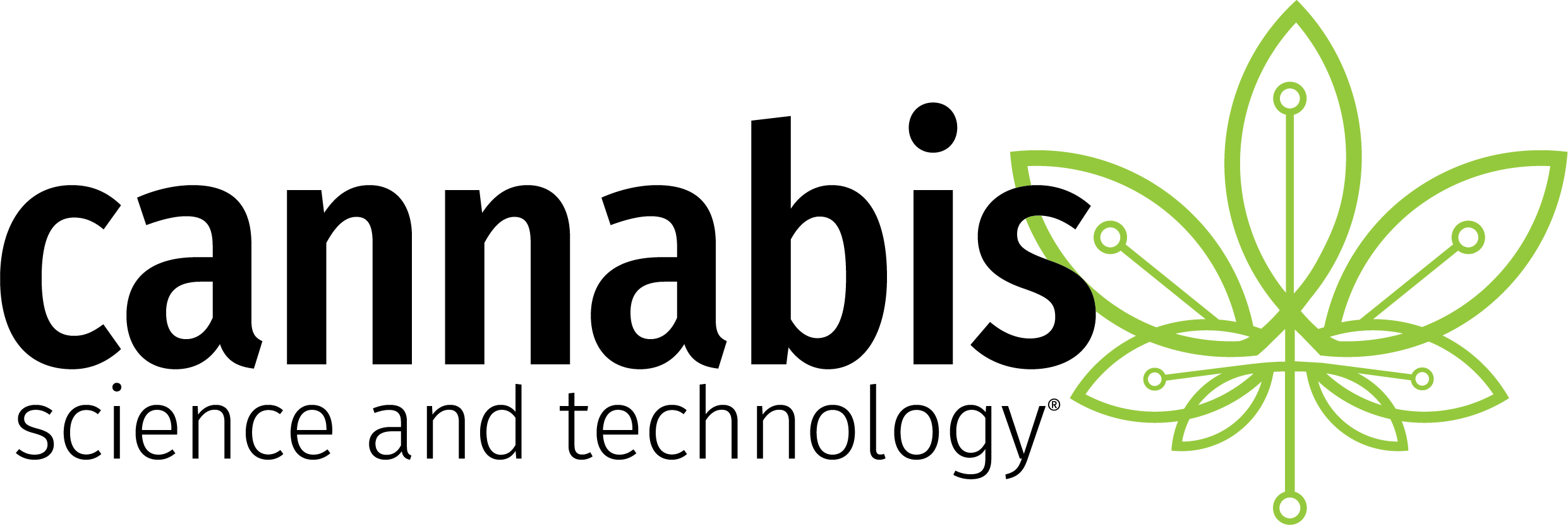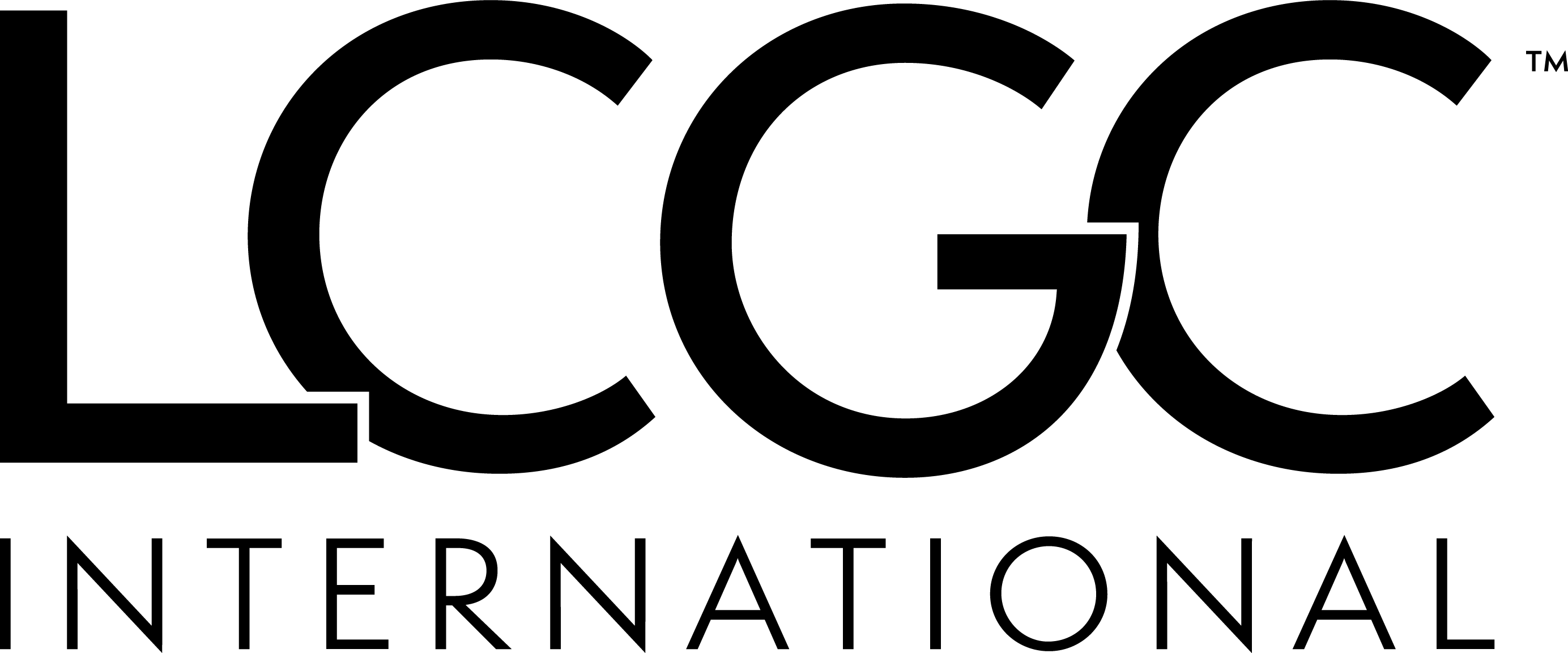
Drug Company Collaborations to Reduce Development Risk Are Increasing, According to Tufts Center for the Study of Drug Development
As pharmaceutical and biotech companies look to speed development, lower cost, and reduce technical risks associated with new drug development, they are increasing the number and types of collaborative relationships they are forming with other developers.
As pharmaceutical and biotech companies look to speed development, lower cost, and reduce technical risks associated with new drug development, they are increasing the number and types of collaborative relationships they are forming with other developers, as well as with service providers and other stakeholders, according to the
R&D leaders from the pharmaceutical and biotech industry, who recently participated in a roundtable discussion hosted by Tufts CSDD, said that well-structured collaborative agreements, in which the parties agree to share risks and rewards, can increase the possibility that a new medicine, which otherwise might not get to market, wins regulatory approval - and at lower cost.
"The significance of these relationships involving drug sponsors, developers, and external service providers is that they become stakeholders in each other's business-not just customers and vendors-who stand to gain, or lose, together," said Tufts CSDD Director Kenneth I Kaitin.
According to Tufts CSDD, more than half of all new drugs approved in the United States between 2000 and 2011 were developed by companies that collaborated in one form or another with other entities.
Other points discussed at the roundtable, summarized in the August
- Risk-sharing partnerships are most likely to succeed when governed by a charter that ensures executive engagement, clearly delineates roles and tasks for each organization and key individuals, and defines success metrics and quality measures.
- Large pharmaceutical companies are increasingly creating stand-alone entities that can access corporate resources while retaining the flexibility to partner with external early-stage development companies.
- Pre-competitive alliances, outside of relationships between a single drug sponsor and a contract research organization, which have increased nine-fold during the last decade, will likely continue to increase in number because they help set and proliferate standards and reduce redundancy.
Upcoming Tufts CSDD Executive Forum Roundtable meetings:
Sept. 18, 2014: New Directions in Outsourcing
November 6, 2014: Managing the Changing Investigative Site Landscape
March 5, 2015: FDA's Breakthrough Therapy Designation - A Three-Year Assessment
May 14, 2015: Diagnostic-Therapeutic Co-development Strategies and Best Practices
Newsletter
Stay current in clinical research with Applied Clinical Trials, providing expert insights, regulatory updates, and practical strategies for successful clinical trial design and execution.





.png)



.png)



.png)
.png)
